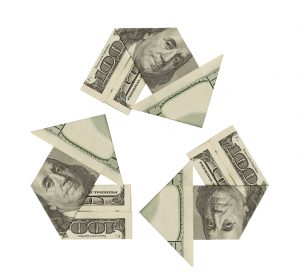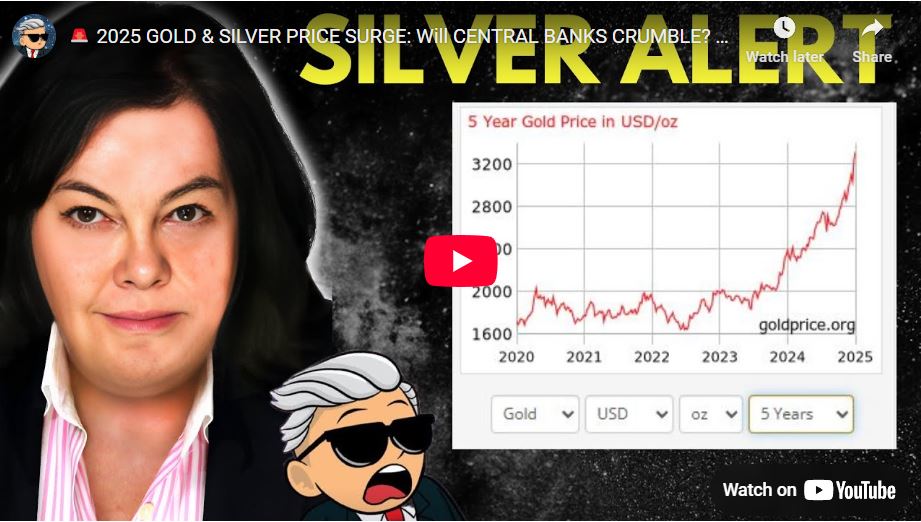The Recycling of The US Dollars Financing The US Deficits Is Going to End
The comments above & below is an edited and abridged synopsis of an article by Gijsbert Groenewegen
For the moment, the world still revolves around the US dollar, and thus it is essential for the world’s central banks to hold dollar reserves.
 The petrodollar contract was created by President Nixon and Secretary of State Kissinger; they promised the Saudis protection in exchange for pricing oil in US dollars, and the Saudis pledged that they would invest their dollars back into US Treasuries, thus securing the reserve status of the dollar. This situation is coming to an end.
The petrodollar contract was created by President Nixon and Secretary of State Kissinger; they promised the Saudis protection in exchange for pricing oil in US dollars, and the Saudis pledged that they would invest their dollars back into US Treasuries, thus securing the reserve status of the dollar. This situation is coming to an end.
The unique privilege of the US, issuer of the reserve currency, allows it to purchase anything in any amount, anywhere in the world. By imposing tariffs, President Trump makes it more difficult for foreign companies to sell their products to the US. Foreign companies will receive fewer dollars for their goods and services sold to the US. Fewer US dollars held by the world’s central banks means that less will be recycled into the US Treasury, and less will be available to finance the budget deficit.
Adding to this reduced flow of US dollars will be the acceptance of the petro-yuan-gold contract by the Saudis. China imported 28.1 million tons of crude in the first 8 months of 2017 (8.44 million barrels per day). With the US becoming an exporter of oil between 2019 and 2031, depending on the oil and gas prices, one could argue that the Saudis want to please their customers and allow payment in yuan rather than US dollars. In addition, the Saudis have said they would like 5% of Aramco when it has its IPO (currently scheduled for 2019).


